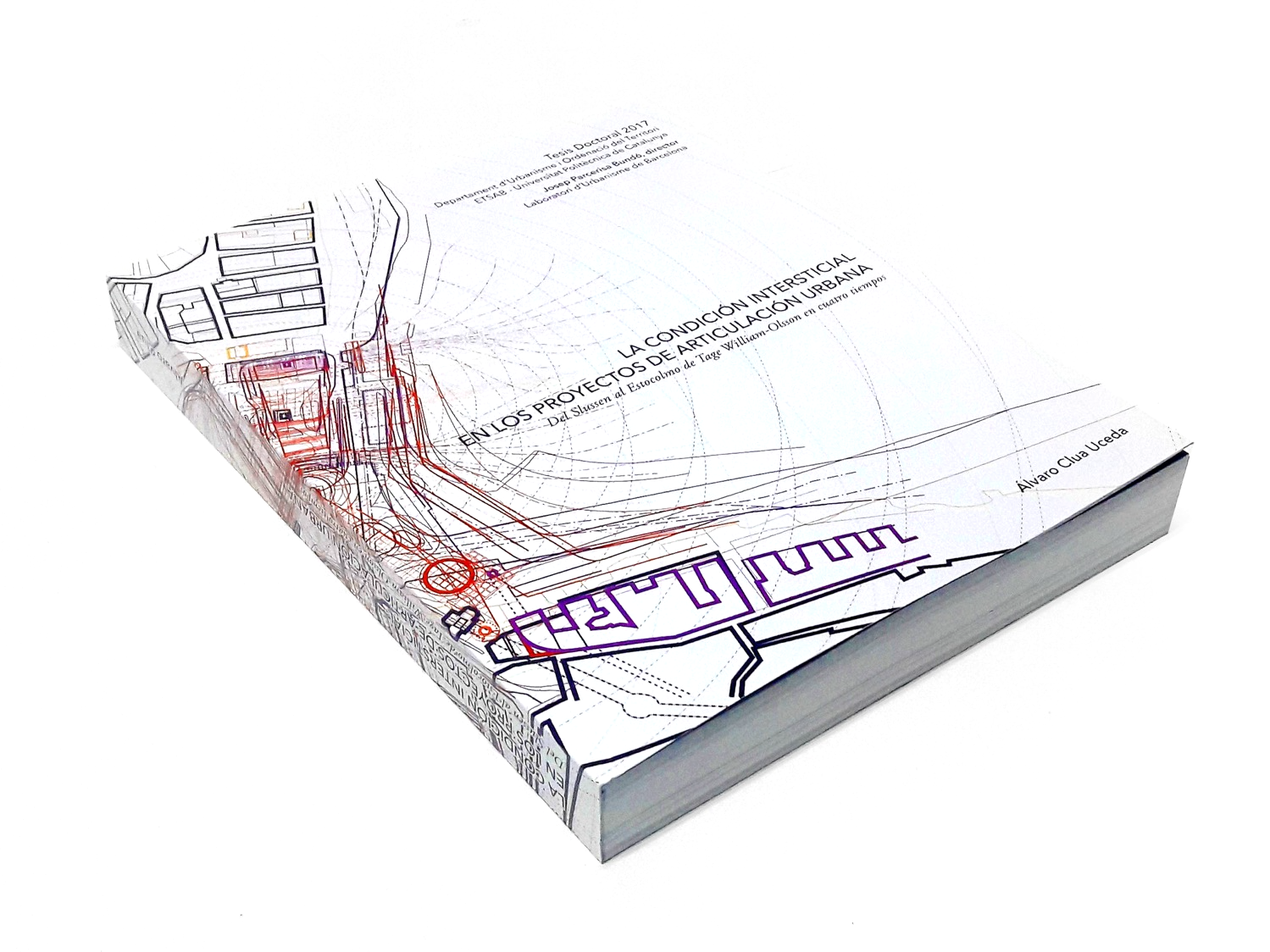The interstitial condition in the urban articulation projects. From the Slussen to the Stockholm of Tage William-Olsson in four stages
Alvaro Clua

Abstract
This document sets out the results of a comprehensive and consistent view on the interstitial condition present in urban articulation projects aimed at integrating different parts of a city. This retrospective study is based on the hypothesis that these interstitial places are a unique field of action for the practice of the urban project and that these areas could be used as strategic spaces for the transformation of the contemporary city. More specifically, this work seeks to analyse the Slussen in Stockholm and, consequently, provide qualitative comparisons with a number of other 20th Century European urban folds which also demonstrate an attempt to go beyond the mere resolution of the geometric confluence in order to build a significant place for the whole. How is this interstitial condition manifested in the urban support, in the design considerations, in the resonance on the city or in the diachronic evolution of those urban articulation projects? This research is based on four overlapping dimensions which explain the life cycle of urban articulation projects: the interstitial place, the project of articulation as such, its resonance with other similar nodes of the city and, finally, its use, decay and renovation
Clua, Á.. “The interstitial condition in the urban articulation projects. From the Slussen to the Stocholm of Tage William-Olsson in four stages.” Doctoral Thesis, Universitat Politècnica de Catalunya, 2017. https://www.tdx.cat/handle/10803/461796


